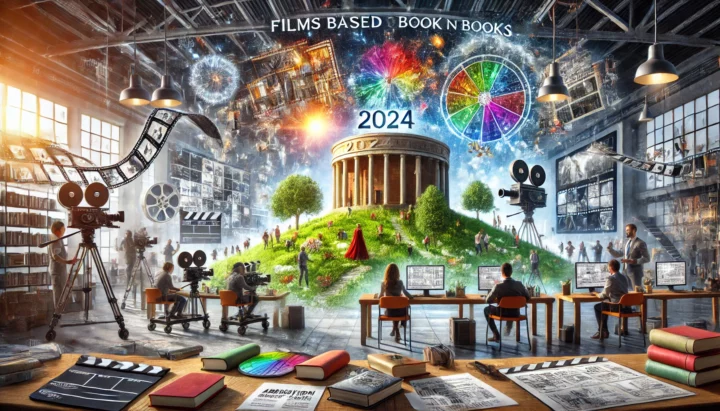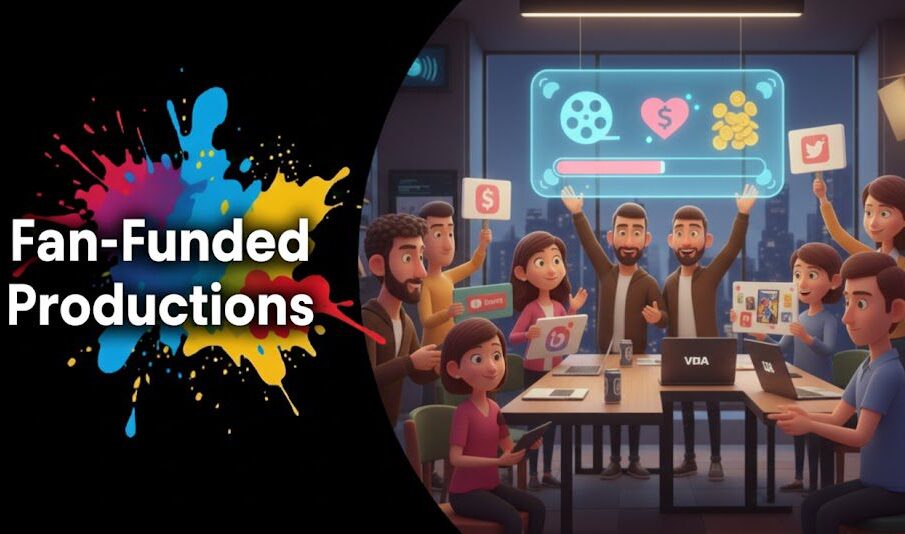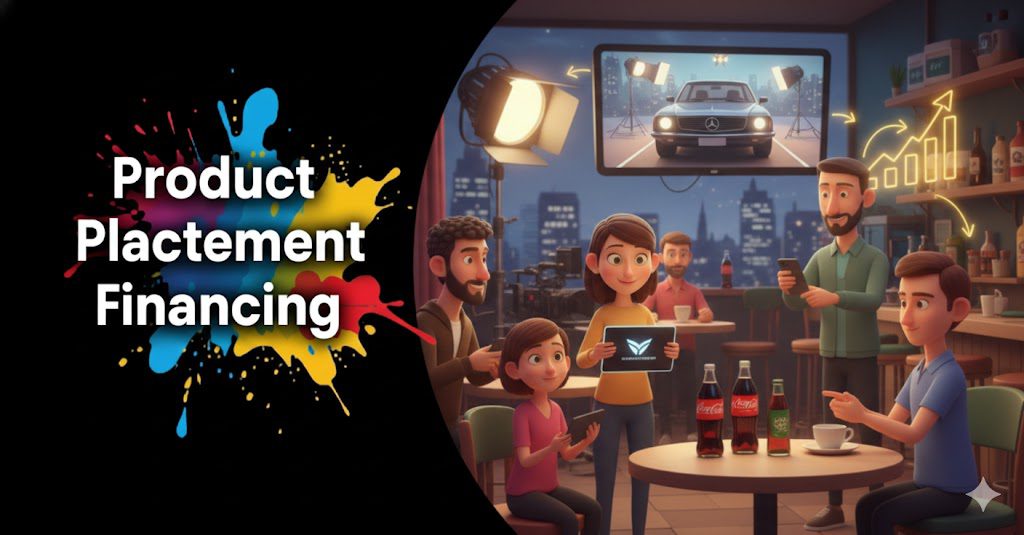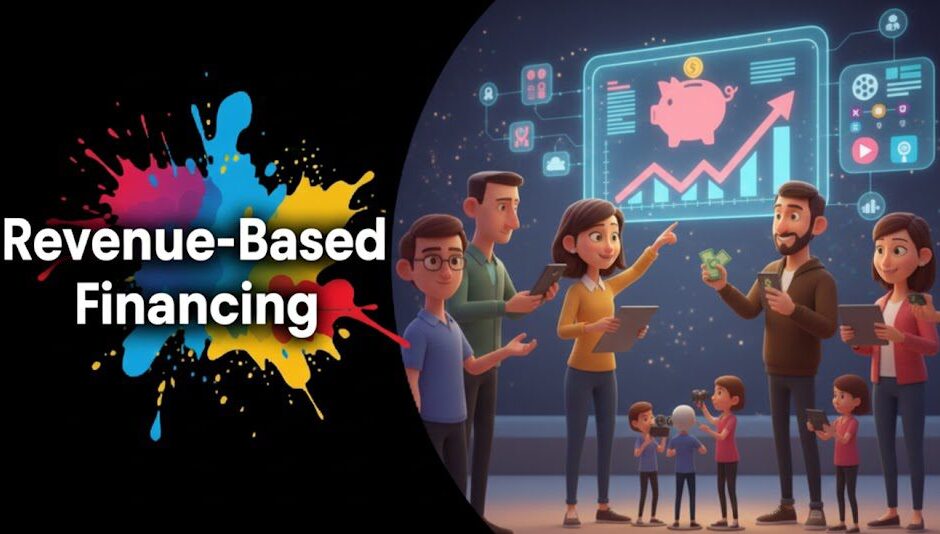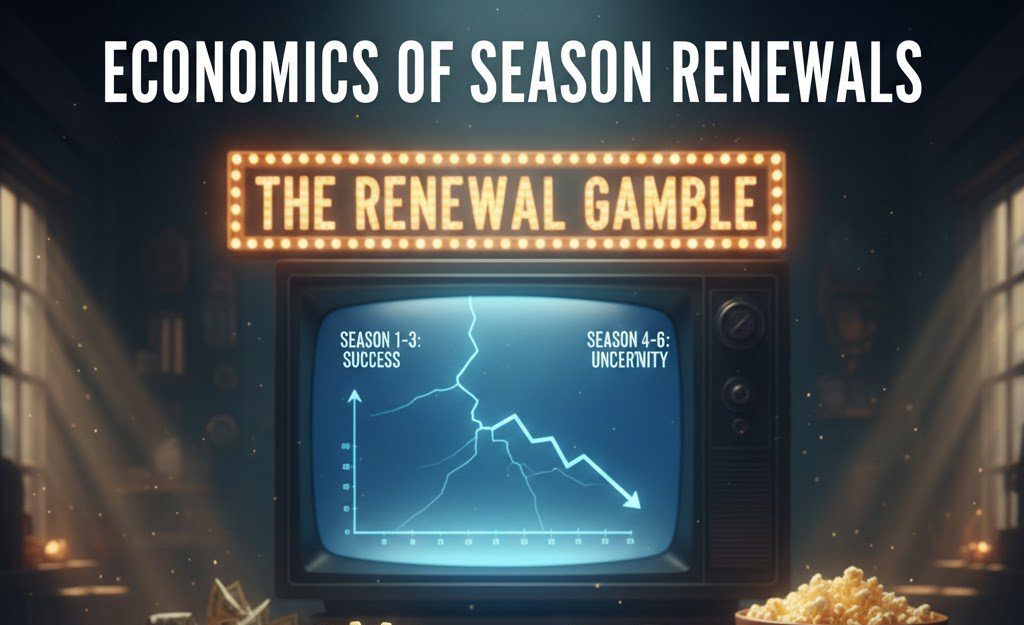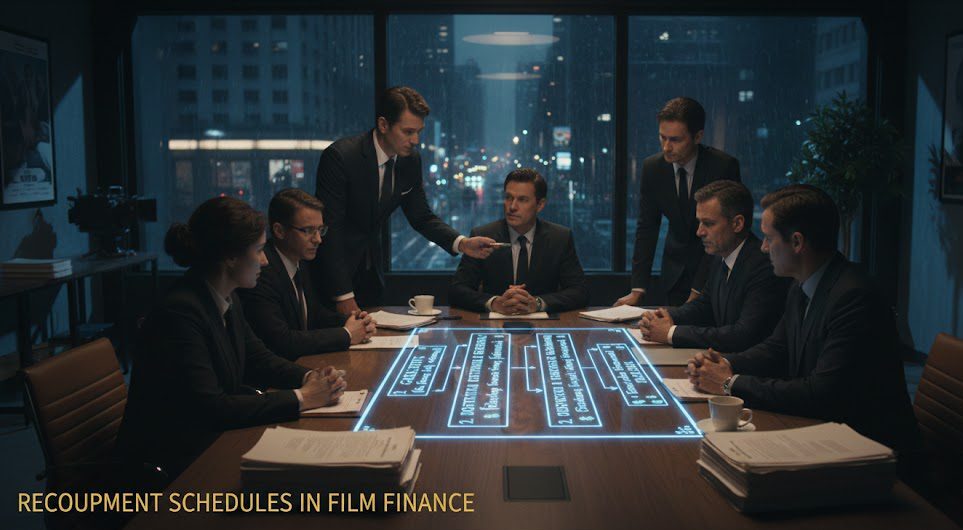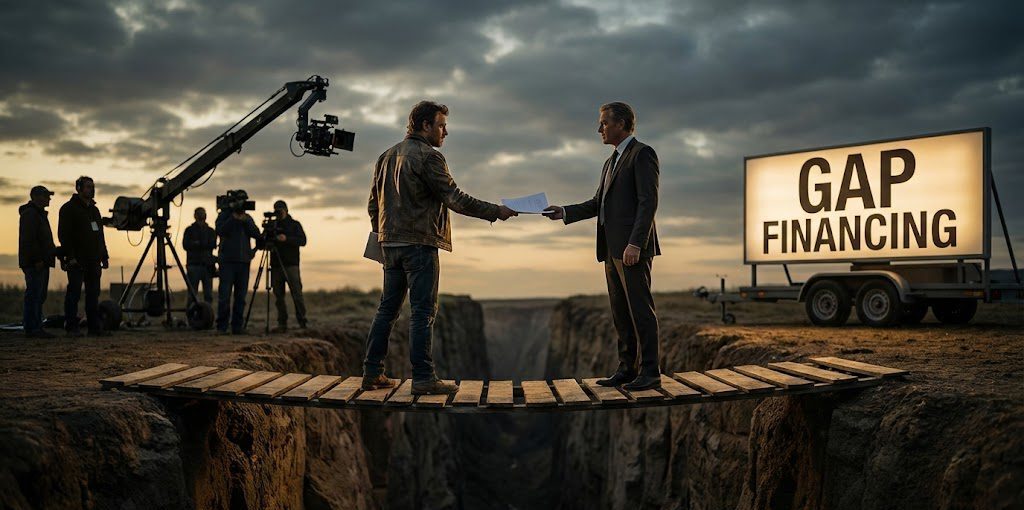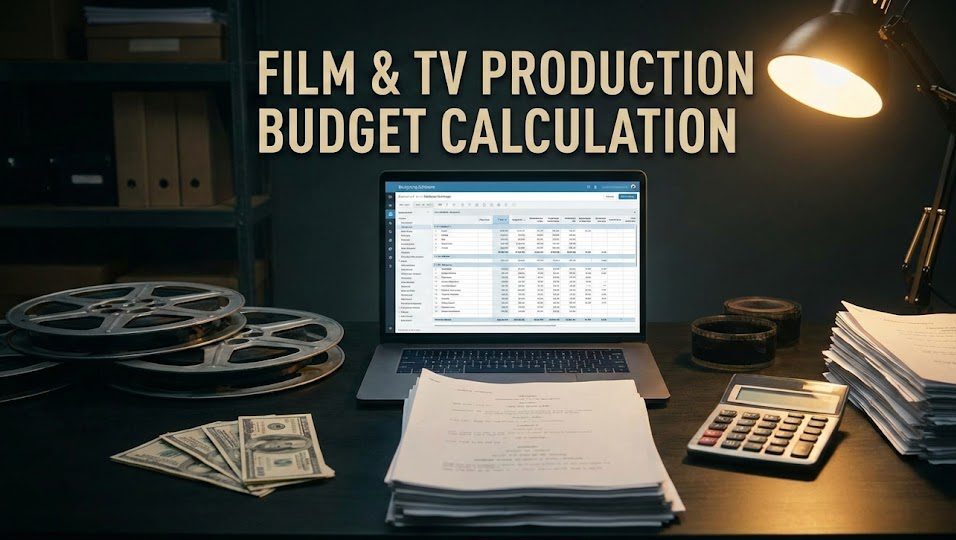Introduction
Adapting a book into a film is a delicate and intricate process. It requires balancing the rich narrative of the source material with the visual and time constraints of cinema. This article explores the key steps and challenges in the adaptation book to film process, providing valuable insights and strategies tailored for filmmakers within the Vitrina Business Network (VBN). Whether you are a seasoned professional or new to adaptations, this guide will help you navigate the complexities of bringing literature to the big screen.
Key Takeaways
| Topic | Key Insights |
| Introduction to Book-to-Film Adaptations | Learn why book-to-film adaptations succeed and the steps involved. |
| Planning and Creative Process | Discover how to choose a book, secure rights, and adapt it into a screenplay. |
| Creative Considerations | Explore strategies for balancing creativity with fidelity to the source material. |
| Market Impact and Reception | Understand the impact on book sales and how to market your adaptation effectively. |
| Case Studies and Industry Insights | Gain insights from successful adaptations and industry experts. |
| Evolution and Future Trends | Learn about the evolution and future trends in book-to-film adaptations. |
From Bestseller to Blockbuster

Introduction to Book-to-Film Adaptations
How to adapt a book to film
Adapting a book to film requires a comprehensive understanding of both mediums. The process begins with a careful analysis of the book’s themes, characters, and plot to determine how these elements can be translated visually. Vitrina offers a step-by-step guide on how to effectively adapt a book to film, focusing on preserving the essence of the story while making necessary adjustments for the screen.
Why book to film adaptations succeed
Books provide rich source material that resonates with audiences, which is why adaptations often succeed. They capitalize on an existing fanbase while introducing the story to new viewers. Vitrina discusses why these adaptations are popular and how filmmakers can leverage the strengths of the book to create a successful film.
Steps in adapting a book to a film
The adaptation process involves several key steps, from securing rights to finalizing the screenplay. Vitrina outlines these steps, offering practical advice on how to navigate each phase efficiently and effectively.
| Step | Description |
| 1. Securing Rights | Obtain legal permission to adapt the book. |
| 2. Developing a Screenplay | Translate the narrative into a script suited for film. |
| 3. Casting and Pre-Production | Choose actors and plan production logistics. |
| 4. Filming and Post-Production | Execute the production and refine the film through editing. |
Differences between book and film adaptations
Books and films are different storytelling mediums, each with unique strengths and limitations. Vitrina explores the key differences between them, such as narrative depth and pacing, and offers strategies for successfully adapting these elements for the screen.
The future of book to film adaptations
As technology and audience expectations evolve, so do the methods and opportunities for book-to-film adaptations. The future promises innovations like interactive storytelling and new distribution platforms. Vitrina discusses emerging trends and how they will shape the future of adaptations.
Planning and Creative Process
Selecting a book for film adaptation
Choosing the right book is critical to the success of a film adaptation. Not all books are suited for the big screen, so it’s important to consider factors like plot structure, character development, and visual potential. Vitrina provides criteria and tips for selecting books that are primed for cinematic success.
Legal aspects of adapting a book to film
Securing the rights to adapt a book is a complex legal process that involves negotiations with authors, publishers, and sometimes multiple stakeholders. Vitrina connects filmmakers with legal experts to ensure that the rights are properly secured, avoiding potential legal pitfalls.
Turning a book into a screenplay
The screenplay is the blueprint of the film. Adapting a book into a screenplay involves condensing the story, focusing on visual elements, and maintaining the essence of the original narrative. Vitrina offers resources and expert advice on how to craft a screenplay that honors the book while making it suitable for film.
Pitching a book to film adaptation
A compelling pitch is essential for gaining studio interest in a book adaptation. It must highlight the book’s strengths and demonstrate its potential as a successful film. Vitrina helps filmmakers develop pitches that resonate with studio executives and align with current market trends.
Challenges in book to film adaptations
Adapting a book to film is fraught with challenges, from condensing complex plots to staying true to the source material. Vitrina explores these challenges and provides strategies to overcome them, ensuring the adaptation is both faithful and cinematic.
Bring Your Story to Screen

Creative and Artistic Considerations
Staying true to the book in film adaptations
One of the biggest challenges in adapting a book to film is staying true to the source material. Filmmakers must balance preserving the novel’s essence with the need to make it visually and narratively engaging on screen. Vitrina offers strategies for maintaining fidelity to the book while creating a compelling film.
Character development in book to film adaptations
Character development is crucial in book-to-film adaptations. Novels often provide deep insights into characters through internal monologues, while films must convey this visually and through dialogue. Vitrina guides filmmakers on how to effectively translate complex character arcs from the page to the screen.
- Visual Cues: Use visual storytelling to convey internal character development.
- Dialogue: Craft dialogue that reflects the character’s inner world and motivations.
Balancing creativity and fidelity in book adaptations
Adapting a book to film requires a delicate balance between creativity and fidelity to the source material. This balance is essential for honoring the original work while making it appealing as a film. Vitrina provides insights into how filmmakers can navigate this balance successfully.
The role of the author in book to film adaptations
Involving the author in the adaptation process can provide valuable insights and help ensure that the film remains true to the original vision. Vitrina facilitates collaboration between authors and filmmakers, fostering a productive partnership that benefits the adaptation.
Modernizing books for film adaptations
Modernizing a book for a film adaptation involves updating settings, themes, and dialogue to resonate with contemporary audiences. Vitrina helps filmmakers navigate the challenges of modernizing classics while preserving their timeless appeal.
| Classic Element | Modernized Approach |
| Setting | Update to a contemporary location |
| Dialogue | Incorporate modern language and idioms |
| Themes | Address current societal issues |
Adapt Your Bestseller with Ease

Market Impact and Reception
Impact of film adaptations on book sales
A successful film adaptation can significantly boost the sales of the original book, introducing it to a broader audience. Vitrina explores the relationship between film adaptations and book sales, offering strategies to maximize the commercial potential of both.
Marketing a book to film adaptation
Marketing a book-to-film adaptation requires a strategy that appeals to both fans of the book and new audiences. Vitrina provides tools and strategies for developing marketing campaigns that highlight the adaptation’s strengths and generate excitement among viewers.
Handling criticism of book to film adaptations
Criticism is inevitable, particularly from fans of the original book. Vitrina offers tips on how to handle criticism constructively and use it to improve future adaptations, ensuring that feedback is incorporated in a way that enhances the final product.
- Engage with Fans: Address concerns and clarify creative choices.
- Use Feedback: Incorporate constructive feedback to refine the adaptation.
Storytelling differences in book to film adaptations
Understanding the differences in storytelling between books and films is crucial for a successful adaptation. Vitrina provides training and resources to help filmmakers master the art of translating written narratives into visual storytelling.
Common mistakes in book to film adaptations
Avoiding common mistakes is essential for creating a successful adaptation. Vitrina provides a checklist of potential pitfalls, such as oversimplifying the plot or deviating too far from the source material, and offers solutions to prevent these issues.
Case Studies and Industry Insights
Successful book to film adaptations
Studying successful adaptations can provide valuable insights for filmmakers. Vitrina highlights case studies of films that have excelled, analyzing what made them successful and what others can learn from their approaches.
Case studies of successful book to film adaptations
Examining case studies of successful book-to-film adaptations offers practical examples of what works in adaptations. Vitrina provides detailed analysis and key takeaways for filmmakers to apply in their own projects.
Famous book to film adaptations
Some films based on books have become iconic, setting a standard for future adaptations. Vitrina profiles these adaptations, exploring what made them successful and how filmmakers can replicate this success in their own projects.
Books with multiple film adaptations
Certain books have been adapted into films multiple times, each with a different interpretation. Vitrina examines these cases and discusses what filmmakers can learn from these varied approaches.
Books that should be adapted to film
Many books have strong potential for adaptation but have yet to be brought to the screen. Vitrina offers recommendations for books that would make compelling films and provides insights on how to approach these adaptations.
Evolution and Future Trends
The evolution of book to film adaptations
The process of adapting books into films has evolved significantly over the years, influenced by changes in technology, audience expectations, and storytelling techniques. Vitrina explores this evolution and discusses its implications for the future of book-to-film adaptations.
The importance of visual storytelling in book adaptations
Visual storytelling is at the heart of film adaptations. Vitrina offers insights into how to effectively use visual elements to bring a book’s story to life on screen, ensuring that the adaptation is both engaging and true to the source material.
Adding depth to film adaptations of books
Adding depth to film adaptations involves exploring themes and characters in ways that resonate with audiences. Vitrina provides strategies for enriching film adaptations without losing the essence of the original book.
Literary value of films adapted from books
Films adapted from books often face scrutiny regarding their literary value. Vitrina discusses how to elevate these adaptations to ensure they are respected as standalone works of art.
Adapting a book series into a film franchise
Adapting a book series into a film franchise presents unique challenges and opportunities. Vitrina offers guidance on how to approach these adaptations, from maintaining continuity to expanding the story for the screen.
Conclusion
Creating a book to film adaptation is a complex yet rewarding process that requires careful planning, creative vision, and a deep understanding of both mediums. With the guidance and resources provided by Vitrina Business Network (VBN), filmmakers can successfully navigate the challenges of adaptation and bring literary works to life on the screen. Whether you’re an experienced filmmaker or new to adaptations, Vitrina offers the tools and insights you need to succeed.
Frequently Asked Questions
Start by selecting the right book and securing the adaptation rights. Vitrina can assist with both.
Vitrina provides resources, expert consultations, and industry connections to guide you through the adaptation process.
Challenges include condensing the story, staying true to the book, and handling fan expectations. Vitrina offers strategies to navigate these challenges.
Effective marketing strategies include leveraging the book’s fanbase, timing the release with book events, and highlighting new content. Vitrina provides tools and strategies to maximize your film’s reach.
While many books can be adapted, not all are suited for a film format. Vitrina helps evaluate a book’s potential for adaptation.
Ready to transform a beloved book into a cinematic masterpiece? Join the Vitrina Business Network today and access exclusive resources, expert advice, and a community of filmmakers dedicated to creating successful book-to-film adaptations. Start your journey with Vitrina and bring literature to life on screen!



